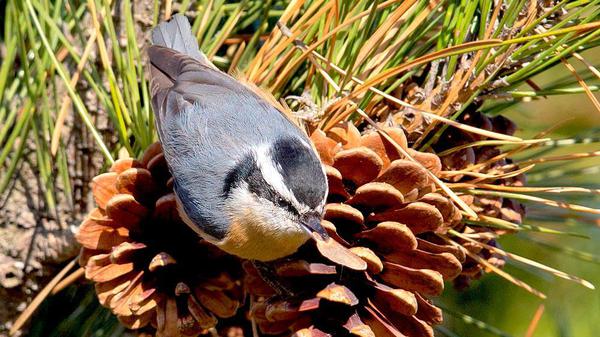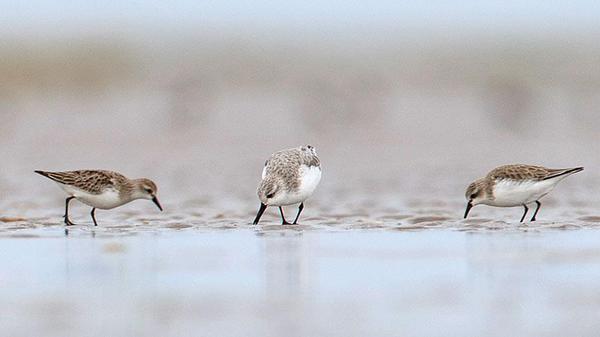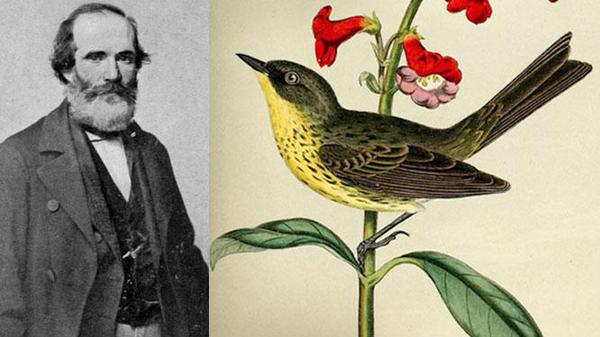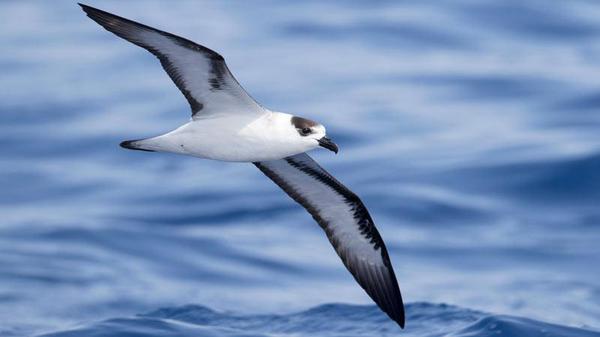
Irruption Takes a Short-Term Toll, But Doesn’t Have Long-Term Consequences
From the Winter 2020 issue of Living Bird magazine. Subscribe now.
This article originally appeared in print as a sidebar to How Ron Pittaway Developed His Acclaimed Winter Finch Forecast.
Every two to three years, winter finches, along with Red-breasted Nuthatches (an “honorary” winter finch), are put to the test in an irruption—a forced migration of sorts due to fluctuations in their food supply. For birders, irruptions can be a special treat, because they get to see uncommon birds from the



